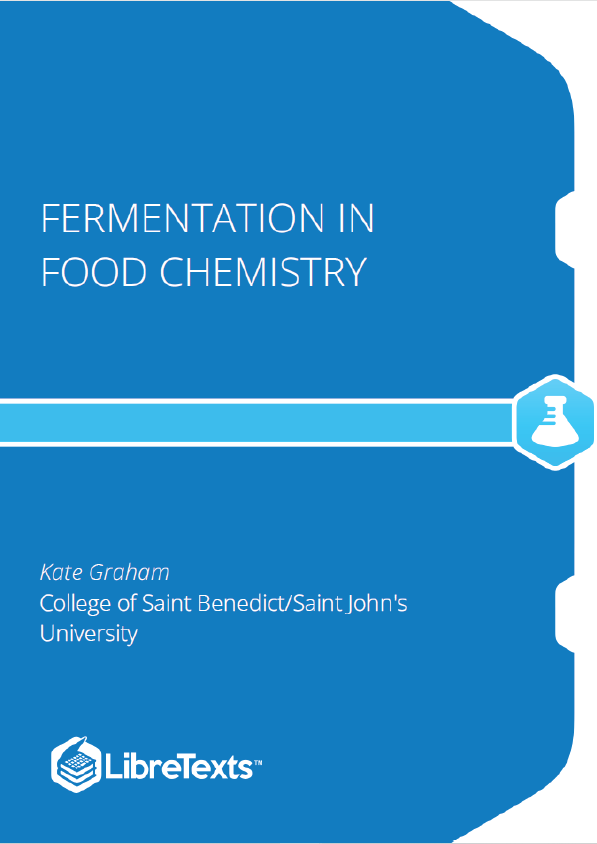Topics in Biochemistry: Fermentation Fermentation Paper
Step 1: Choose a Topic
You will write a research paper explaining the production of a fermented product not discussed in class or expanding on a covered topic. There must be significant chemistry/biochemistry in your paper. Additionally, there will be a comparison of the use or production in the US vs another country.
Potential Topics for Review Article on Fermentation:
• Meat preservation
• Bletting of fruit (beyond ripening)
• Olive Fermentation (effects on oleuropein)
• Kimchee
• Tempeh
• Shalgam juice, hardaliye, or boza (Turkish fermented vegetable and grain beverages)
• Injera (organisms, fermentation, and carbohydrates in t’eff)
• Miso and Soy
• Distilled alcoholic beverages
• Impacts of Nitrogen/nutrients on fermentation in a specific product
• Impacts of pH on fermentation in beer or wine
• Effect of local water chemistry on brewing or distilling
• Tannin and polyphenolics in beer production
• Megasphaera cerevisiae effects on beer production (H2S formation)
• Hop content on flavor profiles
• Sulfur compounds in beers (production, regulation, flavor profiles)
• ‘Head’ or foam on beers
• Wheat ales
• Barley wines
• Cask conditioning of beers
• Production of two short branched-chain fatty acids, 2-methylbutanoic acid and 3- methylbutanoic acid, imparting the “cheesy/sweaty” notes in many cheeses.
• Propionic acid fermentation and the distinctive flavor of Swiss cheese
• Mold Fermentations (e.g. roquefort cheese)
• Buttermilk
• Microbe variability in flavors for a specific fermented product
• Lactic Acid Bacteria and the undesirable flavor products in cider such as ‘piqûre acroléique’
• Phenolic variation in wine varietals and flavor profiles
• Impact of oxygen on wine (what happens to chemical profile after you open the bottle?)
• Effects of chemical aging on wine
• Champagne and sparkling wines
• Wine (broad topic — will need a narrower focus)
• Tej: ethiopian honey wine
• Sulfur compounds in wine (production, regulation, flavor profiles)
• Champagne and sparkling wines
• Malolactic fermentation in wine. This secondary fermentation process is standard for most red wine production and common for some white grape varieties such as Chardonnay, where it can impart a “buttery” flavor from diacetyl, a byproduct of the reaction.
• Use of additives in wine. Ascorbic Acid, lysozyme, fumaric acid, sorbic acid, DMDC, tannins, gum arabic, colors. How do these impact chemistry and flavor?
• Biological aging of wines. Sherry. Use of ‘flor’. Chemical byproducts and pathways involved.
• Astringency. Astringency is an important factor in the sensory perception of beers, ciders, and wines. What compounds are responsible for this sensation and how do they interact with tastebuds on a molecular level?











